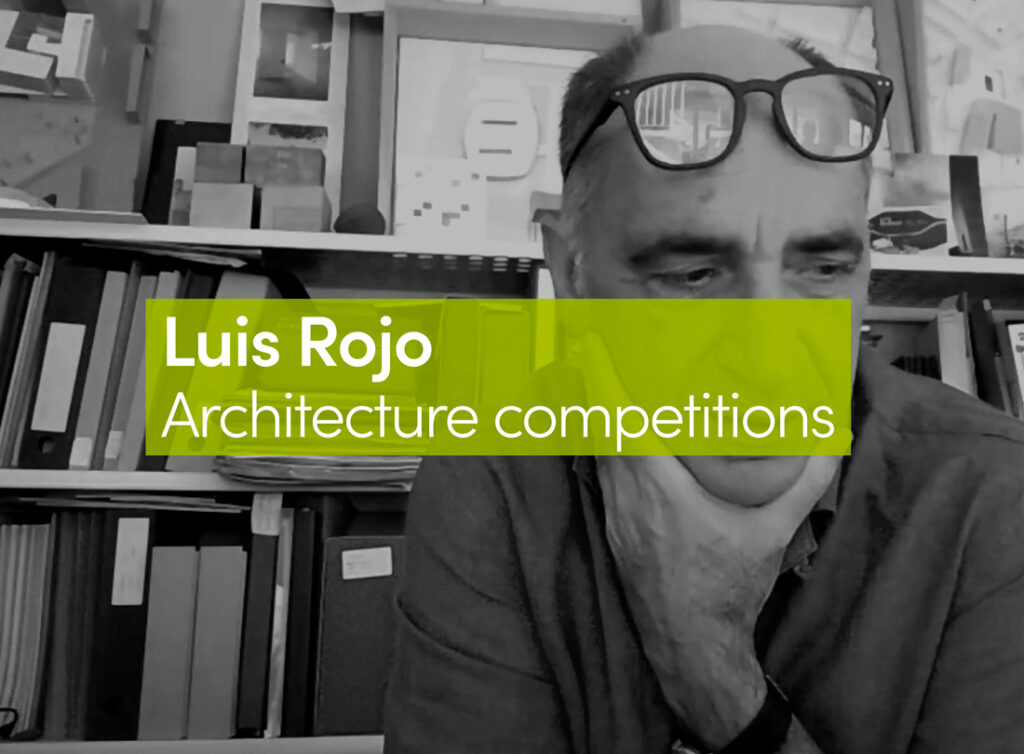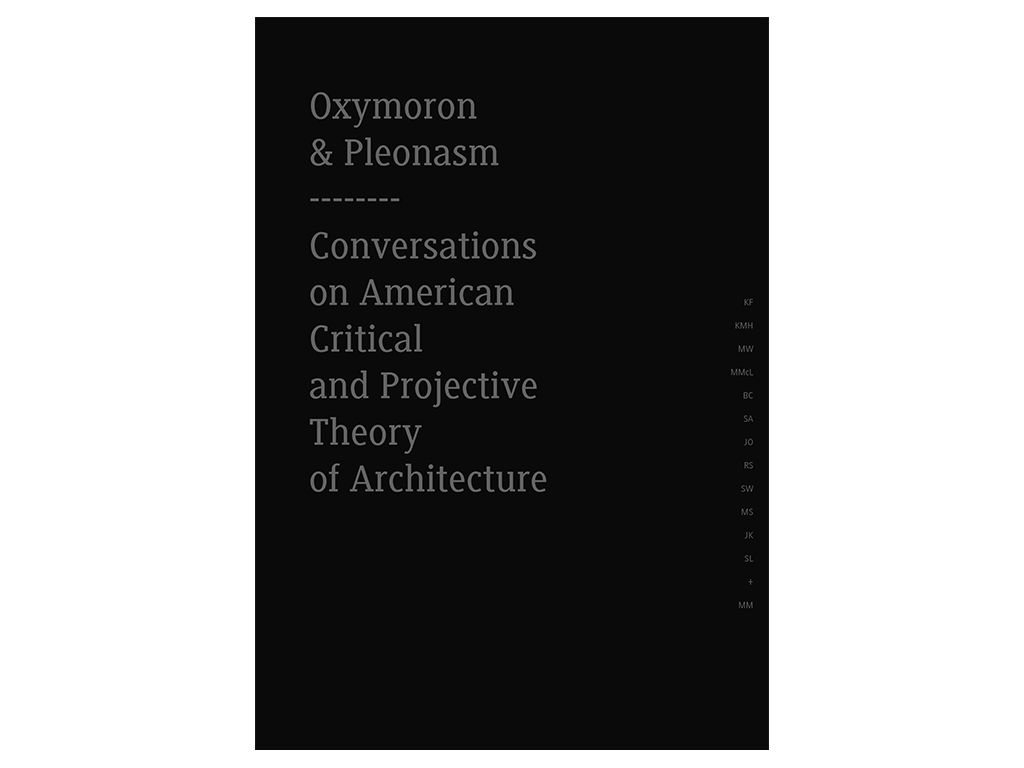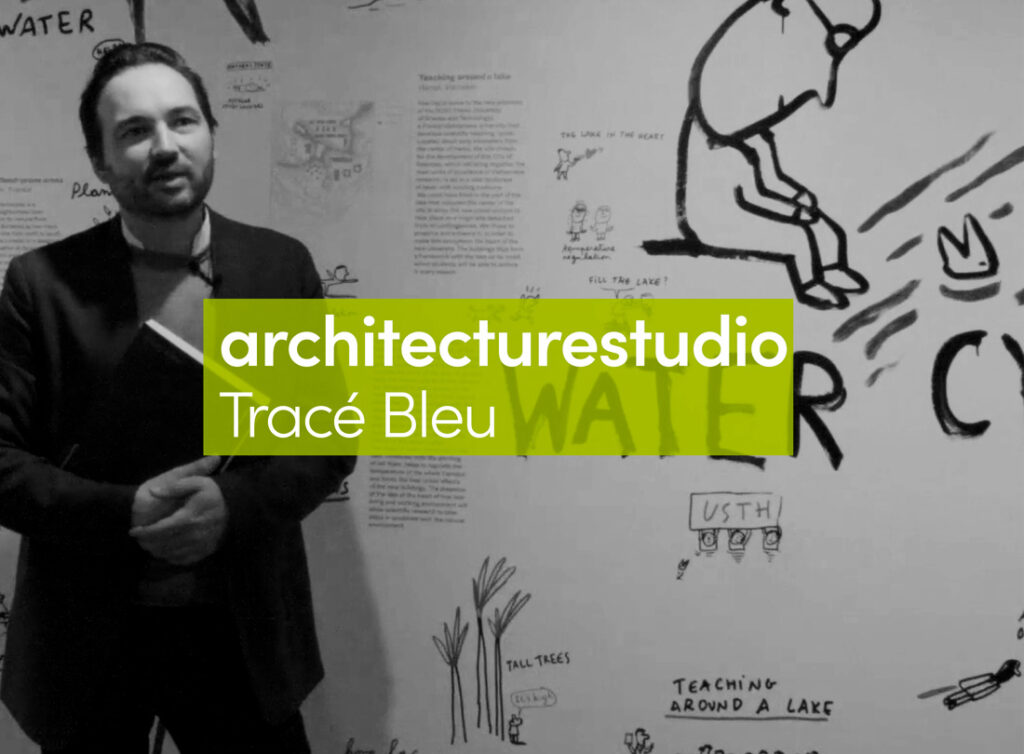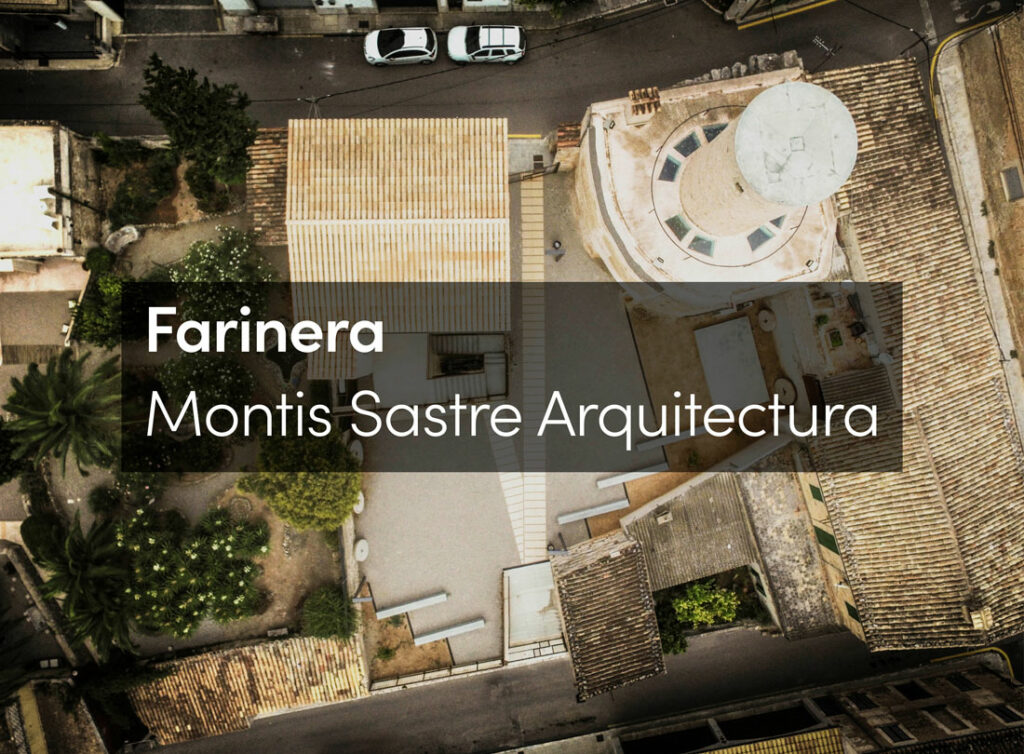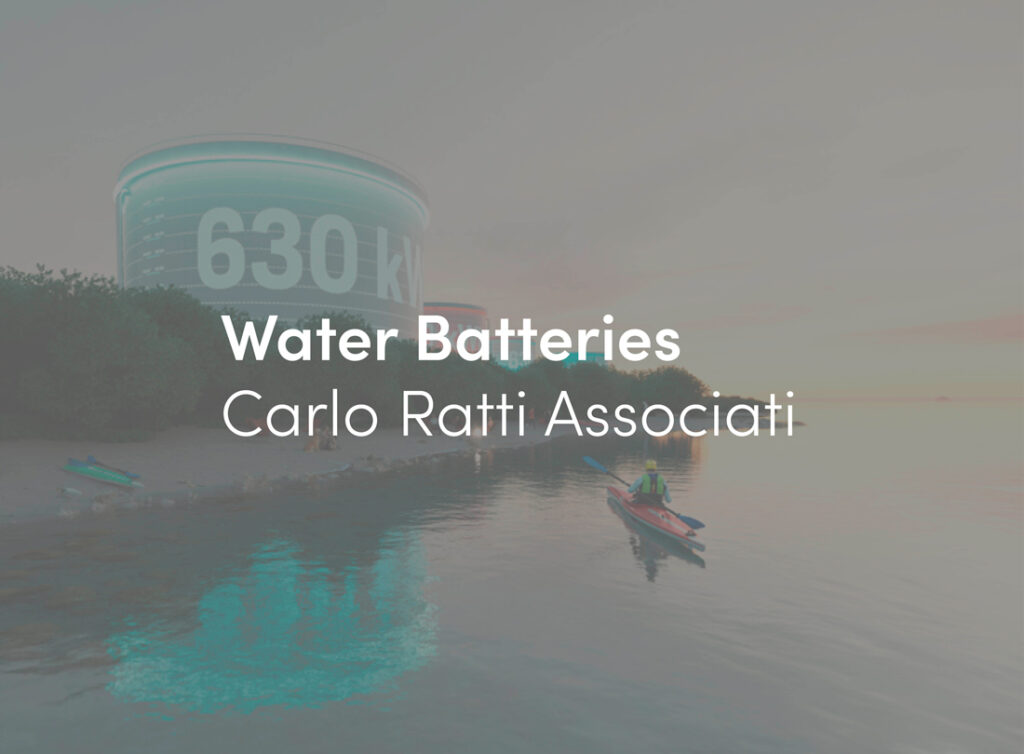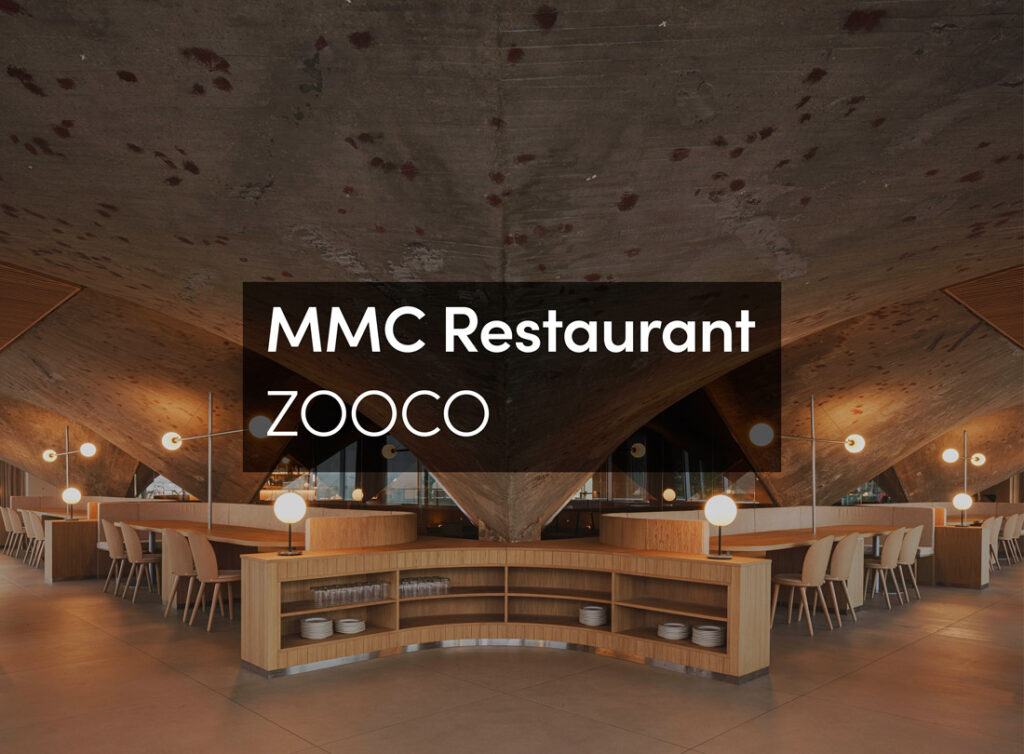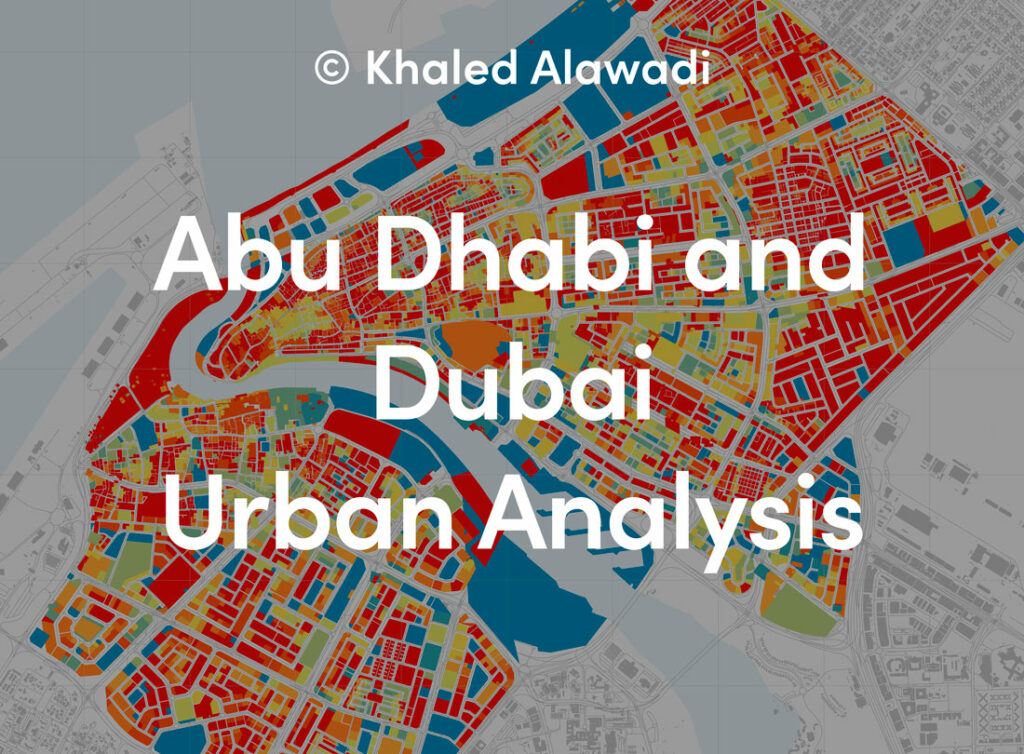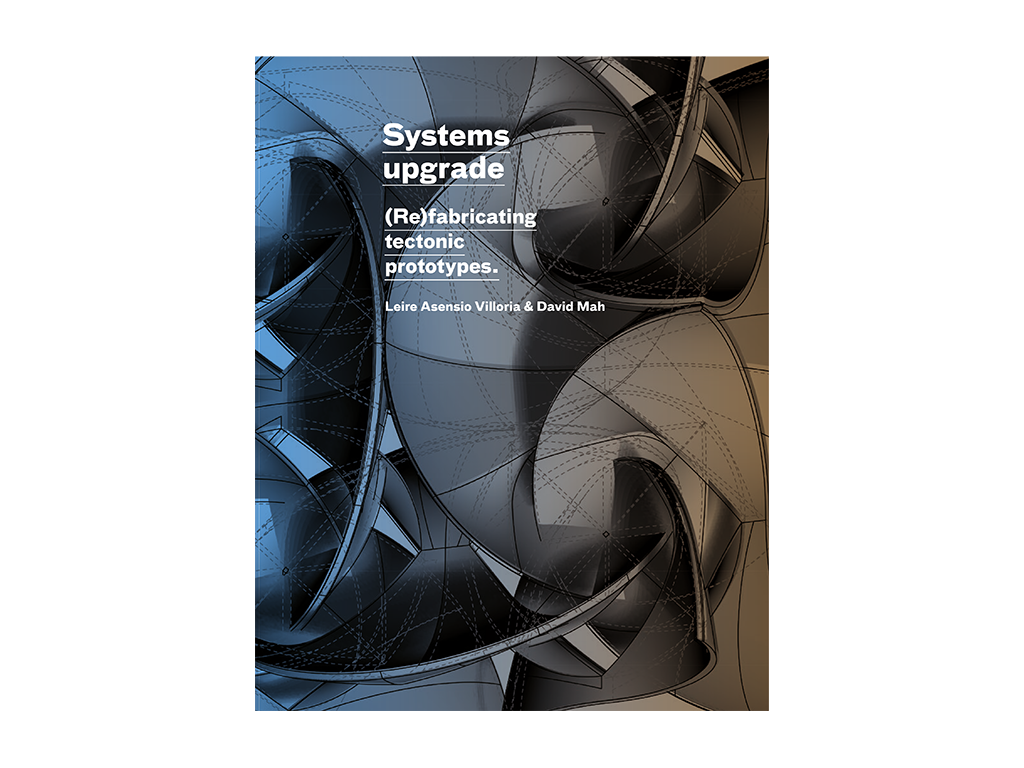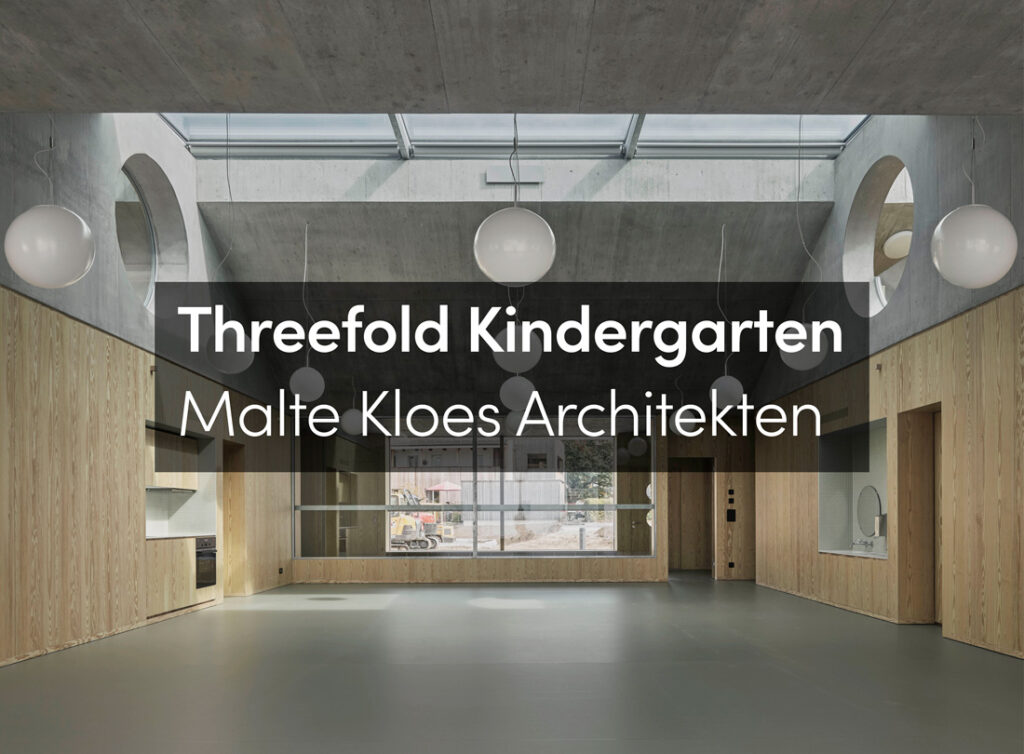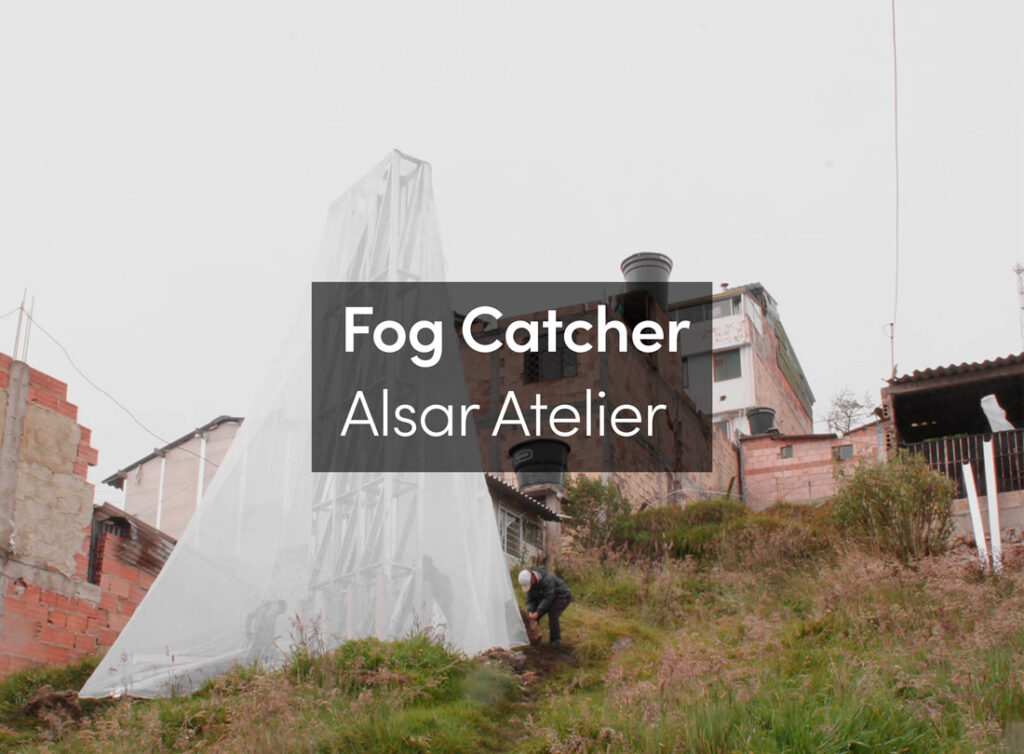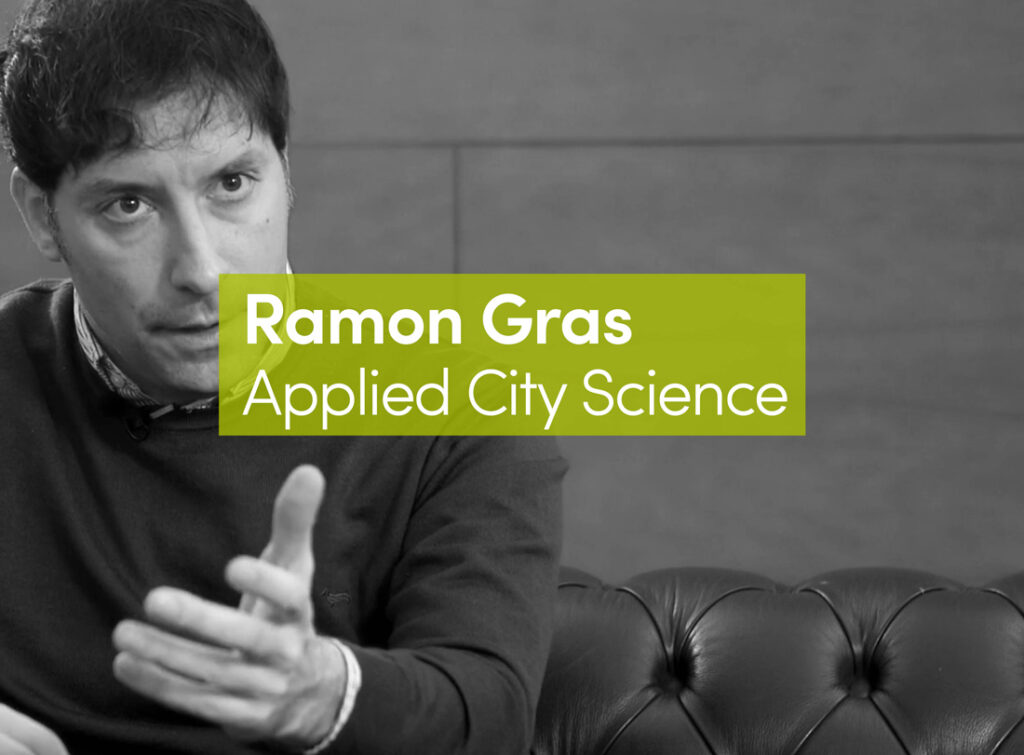Planned to be the world’s largest waterfront development shaped like a crescent, the Dubai Waterfront is in trouble due to financial crisis, land sinking, and rising sea levels. Furthermore, the ecological controversies surrounding the project run counter to the New Urban Agenda and the Sustainable Development Goals. Thus, the crescent is not included in the 2040 Dubai Urban Master Plan, leaving great uncertainties but at the same time a unique opportunity for design imagination. Assuming the former scheme no longer fits in with the current sociocultural and geopolitical context, what kind waterfront and islands could be built to demonstrate Dubai’s ambition to become the greatest self-sufficient and climate-friendly city in the world?
A More-than-Human Island
The Dubai Waterfront, together with its adjacent mega palm-like projects, is the most convincing example of the Anthropocene: the impact of human beings has become equivalent to the drastic geologic forces that can manipulate sea and land. Given the context of recurrent economic and real estate crises, emerging climate disasters and ecological degradation, and ongoing biopolitical controversies, do we need an alternative story now? The suspension of the project gives planners and designers time to reconsider this pivotal question. How can the Dubai Waterfront, the epitome of human-centric development, be transformed into a project celebrating the inclusion of all life forms, from human beings to date palms, coral reefs and algae? Can the site become home to a more-than-human island?
Palm-Oasis
Phoenix dactylifera, commonly known as the date palm, has been planted since 2400 BC and remains an important part of Arab culture. While Dubai’s Palm Islands Project (Palm Jumeirah, Palm Deira and Palm Jebel Ali) is inspired by the image of a date palm, we argue that the tree can play a bigger role rather than just serving as a graphic reference. Instead, as the tree of life, the concept and use of date palms in our proposal will be expanded and elaborated. This newly conceived date palm will support the prosperity of all life forms, provide resources and technologies for building self-sufficient communities, and trigger a reimagining of the city’s future. Thus, the waterfront archipelago will become a more-than-human self-sustaining Palm-Oasis in which all life forms can subsist equally and harmonically.
Three Palms
In pursuit of this goal, the project proposes three “Palms”. The Sacred Palm is an ecological security system and an urban logistical framework based on the date palm tree. Rows of date palms are planted alongside the island’s coast to block strong winds and stabilize soil attacked by the current, establishing a security system for the delicate man-made island. The date palms also provide food, materials, fuel, and other resources to support the island’s metabolism and the city.
The Marine Palm is a series of artificial islands floating on water, with structures going all the way down to the seabed. The “leaves” – the floating parts – are plastic containers for algae farms, salt drying fields, and science centers, while the “stem” contains sensing devices and sonar hydrophones for detecting the condition of the coral reef and its marine habitats. The plastic providing buoyancy for the floating islands is collected from the world’s ocean gyres following a 50-year plan.
The Terra Palm is a machinic mega structure inserted on the site. It combines the functions of data center, research lab, education hub, tourist destination, saltwater purification plant, and clean energy generator into a single palm-shaped vertical tower stretching underground. Though mostly invisible from above ground, the Terra Palm serves as a contemporary version of the tree of life, supporting the city’s everyday life and its people. It will be operated by the government but financially supported by the island’s potential residents, the world’s wealthiest people.
The Structure of the Neighborhoods
The sacred palms support the self-sustaining lifestyle of the island residents by defining the spatial framework. The marine palms float along the coast, while the resources they produce will be transported to the island. The terra palms are the engines below ground, offering technology and energy support for the island’s daily operations. The island is reinvigorated, and the lives of human and nonhuman species are activated through the implementation of the three palms strategy.
Zooming in to look at a specific neighborhood, one can see the everyday life happening on the island. But what’s behind the scenes is a complicated yet highly integrated system. This is the core spirit of our proposal: the Palm-Oasis as a comprehensive system underpinning the future lifestyle of the island, just like date palms supported the traditional lifestyle of the region for thousands of years.
The Neoasis Technologies and Concepts
Plastic islands
Given the last four islands of the Dubai Waterfront are unlikely to be built, these sites will become a global plastic collecting center. One of the commitments in this proposal is to address the global plastic crisis by collecting plastic waste from ocean gyres. Compared to the ice harvest proposal being discussed a few years ago, we suggest dragging not icebergs, but plastic into the Gulf bay and transforming it into multifunctional floating islands. The plastic will be stored in gabions and serve as the floating islands’ structures to provide buoyancy and mitigate pollution in the sea.
Coral reefs and algae
The death of coral reefs is mainly due to temperature change in the oceans. The use of algae is an ecological way to help reduce sea temperatures both in the short and long term. In the short term, algae farms can provide more shading areas for the coral reef, effectively reducing exposure to the sun. In the long term, scientists have shown that adding iron and aluminum can increase uptake of atmospheric CO2 and thus fight against global warming. The Marine Palm stimulates the formation of a biological pump in which algae, diatoms, fish and coral reefs can create a vertical marine ecosystem that is carbon positive.
Desalination
The Marine Palm can generate purified water by desalination. Apart from a small amount of water that will serve the research lab’s on-site usage, the salt and water will be shipped back to the city as resources.
Seed bank and Algae nursery
Seeds of different Arabian plants will be saved in the seed bank for scientific purposes, and new algae species will be studied and nurtured in the lab.
Palm-based Biochar
In the Terra Palm, palm-based biochar is produced by pyrolysis of dead palm trunks and leaves, transforming carbon into a much more stable state, meaning that it can be stored in soil for thousands of years. The heat generated in the process will be utilized to boil the seawater to obtain purified water.







